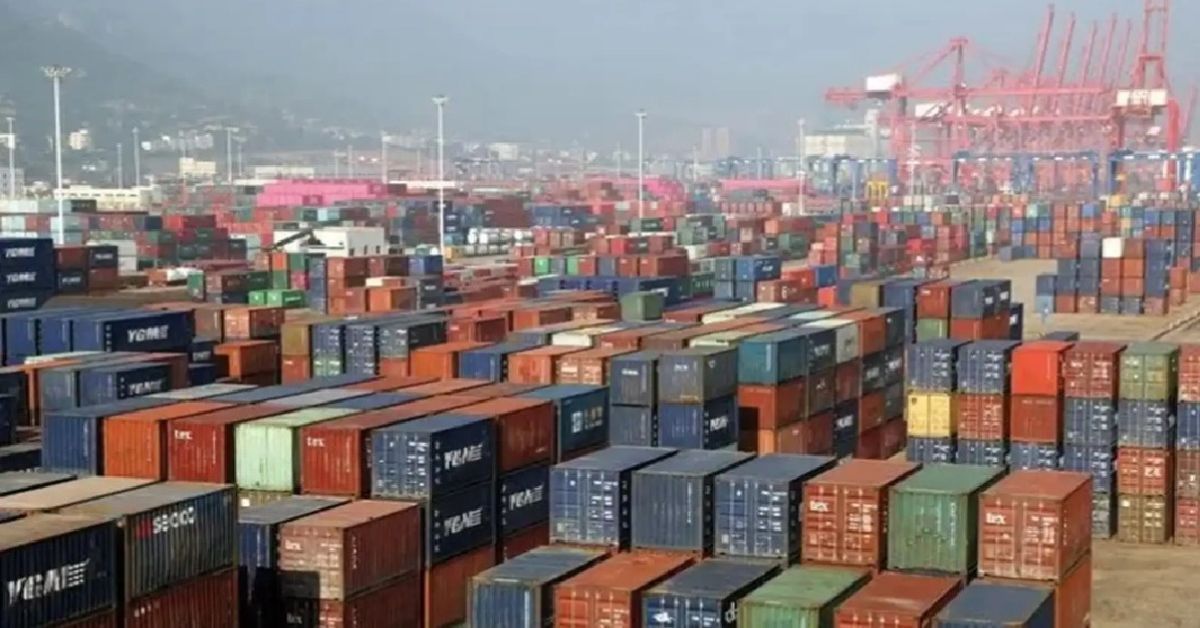Bangladesh is increasingly turning to India for its import needs as local manufacturers and exporters grapple with tightening global supply chain deadlines. With lead times for international retailers and brands shrinking rapidly—from 90 days to 45 days—Bangladeshi businesses are seeking faster, more reliable sources for raw materials, and India has emerged as a strategic partner.
A significant factor driving this shift is time. While importing cotton and other essential materials from regions like Africa, Latin America, or the United States can take over 45 days to reach Bangladeshi mills, Indian imports arrive within just two to three days. This drastic reduction in transit time is vital for maintaining competitiveness in the global market, especially in the readymade garment (RMG) sector, which is the backbone of Bangladesh’s exports. According to Bangladesh Bank data, imports from India rose by 2.09 per cent year-on-year in the October December quarter of 2024, reaching $2.36 billion, up from $2.04 billion in the same period of 2023. In FY24, total imports from India amounted to $9 billion. Although this marked a slight decrease from the $9.94 billion recorded in FY23, the upward trend has resumed in the current fiscal year, with imports reaching $4.41 billion in the first six months alone.
Cotton is a major driver of this trade. Bangladesh imports over $3 billion worth of cotton annually, with more than half sourced from India. Indian cotton imports rose from $1.92 billion in FY23 to $2.36 billion in FY24. Alongside cotton, Bangladesh also imports significant volumes of yarn, fabrics, textile chemicals, and handloom products from India. Several factors have contributed to this growing reliance on Indian imports. First, the political and labour unrest that disrupted Bangladeshi factories in mid-2023 led many to seek quicker and more dependable sourcing options. Second, improvements in border security and infrastructure have reduced informal trade and increased the volume of goods transported through official land, rail, air, and sea ports—24 land ports and three rail ports are now in operation. Additionally, the ongoing US dollar shortage has made it difficult for Bangladeshi banks to open letters of credit (LCs) with distant suppliers, further incentivizing trade with India due to its proximity and easier financial arrangements. Familiarity in language and business culture also supports smoother transactions between the two nations.
Despite the import boom, Bangladesh has struggled to fully capitalize on duty-free trade opportunities with India. Exports from Bangladesh to India declined by 11.63 per cent in FY24, dropping from $1.77 billion to $1.56 billion. Limited product diversification and export readiness are among the key barriers to improving this trade balance. As global supply chain pressures persist, India’s role as a critical trading partner for Bangladesh is likely to expand. However, for a more balanced and resilient trade relationship, Bangladesh must also work on boosting its export capacity to India and diversifying its product offerings.







